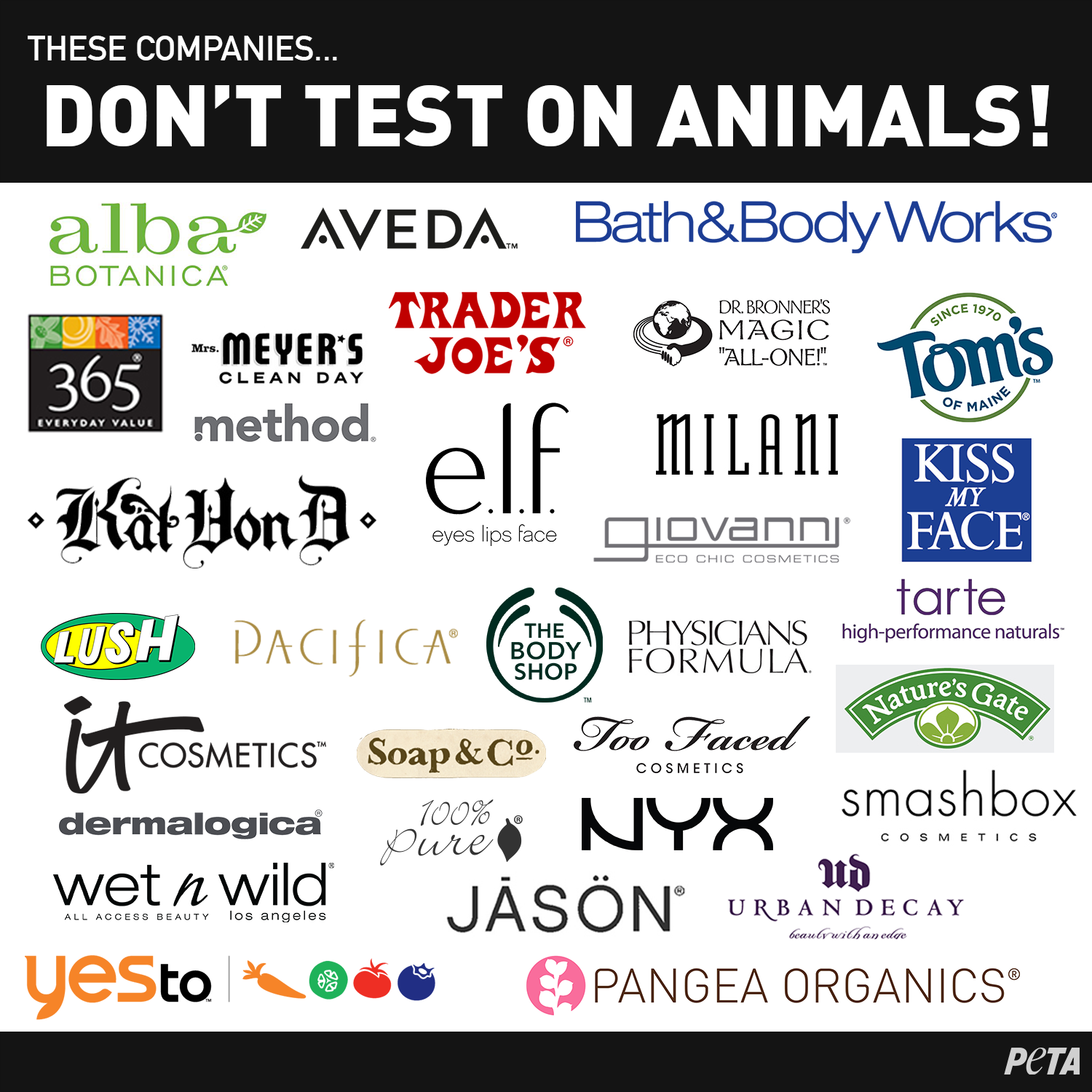In the world of high fashion, where opulence and artistry collide, brands often craft narratives that resonate with their clientele. One such brand that adorns many with its gilded allure is Hermès. Known for its luxurious leather goods and timeless designs, Hermès occupies a unique position in the fashion hierarchy. However, as consciousness surrounding animal welfare rises, the question looms large: Is Hermès committed to being cruelty-free, or is it merely a veneer of marketing gloss that obscures the harsher realities of animal exploitation?
At the core of this inquiry lies the complex relationship between luxury fashion and animal rights. To delve into the matter, one must first understand the intrinsic value that brands like Hermès assign to animal-derived materials. The brand has long employed high-quality leathers, silks, and furs in their products, boasting an artisanal craftsmanship that is unrivaled. Yet this dedication to quality often comes at a significant ethical cost. The meticulous processes that transform an animal’s skin into a coveted handbag overshadow the inherent lives and welfare of the animals involved.
Consider the imagery often associated with luxury—elegant bags draped across the shoulders of influencers, symbolizing status and prestige. Such portrayals create an enticing allure, much like the sirens of ancient mythology luring sailors toward treacherous waters. However, beneath this glamorous surface lies a dark narrative of animal suffering. Reports indicate that companies engaged in leather production frequently contribute to grievous practices that starkly contrast the sophistication encapsulated in their advertising. This begs the critical question: Is the exquisite craftsmanship worth the cost of sentient lives?
Hermès has made intermittent claims toward sustainability and ethics, a step undertaken by many brands to align themselves with contemporary consumer values. Yet, these assertions often border on disingenuous when juxtaposed with their extensive use of animal-derived materials. The crafty narrative surrounding their “ethical” practices can sometimes feel akin to a rich tapestry woven with spun lies, fluttering beneath the scrutiny of a discerning public. The brand’s messaging hints at a commitment to sourcing responsibly, yet transparency remains evasive. Are they genuinely advocating for animal welfare, or are they simply responding to a market increasingly governed by ethical considerations?
One could argue that Hermès occupies a paradoxical space within the luxury sphere—it appeals to those with discerning tastes while also courting controversy. Leather, often touted as a byproduct of the meat industry, is frequently used to mitigate criticisms regarding animal cruelty. Nevertheless, this reasoning falters when examined closely. The reality is that even within the complexities of agricultural practices, the leather industry represents a significant ethical dilemma. By choosing to engage in leather production, Hermès, whether intentionally or not, supports systems that have historically perpetuated animal suffering.
Furthermore, the question of alternatives arises. More and more consumers are embracing cruelty-free philosophies, championing brands that do not exploit animals in any capacity. As innovations in textile development burgeon, synthetic and plant-based materials are gradually emerging as viable substitutes for traditional offerings. Brands that fully embrace cruelty-free practices are setting the stage for a transformative shift in the fashion industry—one that ensures beauty does not come at the expense of sentient beings. In stark contrast, Hermès’s continued reliance on animal materials might suggest a creative stagnation, tethered to outdated conventions of luxury.
Yet, how does one resonate the magnificence of Hermès with the ethos of compassion? An intriguing metaphor may serve here: the chain of command. Picture a mighty chain, composed of interlocking links. Each link represents an ideology about fashion, art, and beauty; yet, among those links lies a critical fault. The failure to procure materials ethically deteriorates the integrity of the whole. Just as a single weak link can unravel a series of connections, so too can a fashion house’s refusal to adopt cruelty-free practices lead to a broader decline in consumer trust.
One must also pause to reflect on the accountability of consumers. We, too, wield power in this narrative. Our choices shape the marketplace, emboldening brands to either uphold or abandon ethical practices. The pulsating energy of consumer demand can serve as both a propeller and a halt to unsustainable methods. By advocating for cruelty-free practices and supporting brands that champion the welfare of animals, each purchase becomes a statement of values.
As we traverse this multifaceted landscape, the dilemma surrounding Hermès unravels like threads of an intricate tapestry, revealing both beauty and darkness. A recognizable emblem in the luxury arena, Hermès must contend with the modern ethos that increasingly prioritizes ethical considerations. The world is evolving, and so too should the narrative surrounding animal rights within the luxury sector.
In summation, the inquiry remains: Is Hermès truly committed to a cruelty-free ethos, or is their stance merely a façade crafted for the discerning eye? While the brand’s appeal is undeniably potent and steeped in a rich tradition, the imperative for transparency and integrity looms larger than ever. Ultimately, it is time for luxury fashion houses to reassess their relationship with animals—and for consumers to illuminate a new path toward an ethical future where beauty thrives without cruelty.









